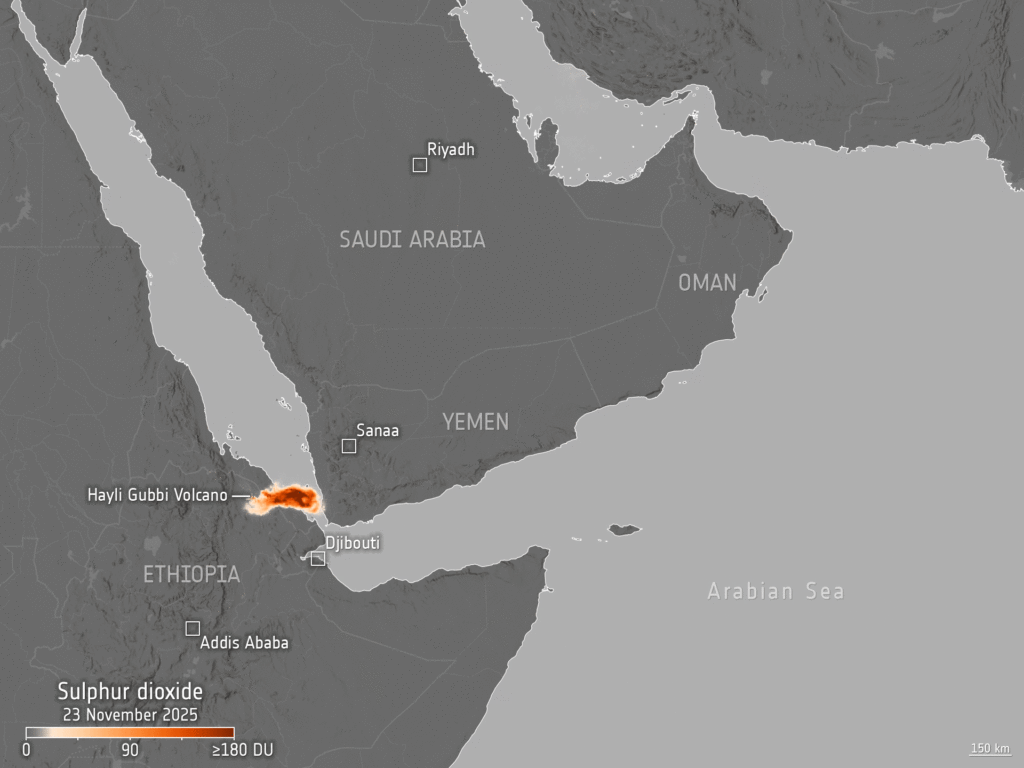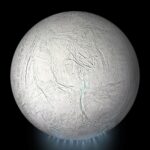Now Reading: Saharan Dust Plume Impacts Health and Ecosystems Globally
-
01
Saharan Dust Plume Impacts Health and Ecosystems Globally
Saharan Dust Plume Impacts Health and Ecosystems Globally


A thick plume of sand and dust from the Sahara Desert is a breathtaking and complex phenomenon that showcases the interplay between natural systems and human health. Commonly occurring during spring and summer, these sandstorms are a result of strong winds that sweep fine dust particles off the desert floor, creating massive clouds that can traverse oceans and continents.
On around May 7, 2025, satellite imagery from the Copernicus Sentinel-3 and Sentinel-5P captured this phenomenon in vivid detail. The Sentinel-3 optical image revealed a dense orange plume spreading over approximately 150,000 square kilometers of the eastern Atlantic Ocean. The islands of Cabo Verde appeared beneath the clouds, providing a striking contrast to the swirling dust.
Accompanying this imagery, the Sentinel-5P satellite employed its advanced Tropomi instrument to analyze the concentration of aerosols within the dust plume. The darker shades of orange visible on the image indicated denser aerosol concentrations, allowing scientists to gauge the plume’s intensity. This capability especially important as it aids in understanding how these massive dust clouds evolve and travel across the globe.
The significance of the Saharan dust plume extends beyond its aesthetic appeal. It plays a critical role in air quality and atmospheric science. For instance, the data gathered from these satellites feeds into air quality models used by the Copernicus Atmosphere Monitoring Service, which forecasts global air quality. By assessing the concentration of particulate matter, forecasters can predict how far the dust will travel and its potential local effects.
However, the implications of these dust storms are dual-faceted. On one hand, they can severely impact human health. The fine particles contained within the dust are known to cause various cardiovascular and respiratory problems when inhaled. Increased concentrations of these particles can lead to air quality alerts, leading to hazy skies and reduced visibility. Sensitive populations, such as the elderly and those with pre-existing health conditions, are particularly vulnerable during such events.
On the other hand, the Saharan dust also contributes positively to ecosystems, particularly in distant regions. For example, it serves as a vital nutrient source for phytoplankton in the ocean and various terrestrial ecosystems, including the Amazon rainforest. These nutrients support biological productivity, which plays a significant role in carbon cycling and overall planetary health.
Here are some key points regarding the Saharan dust plume:
- Formation and Duration: Sandstorms can last from a few days to weeks, influenced by wind speed and atmospheric conditions.
- Health Impacts: Suspended dust can lead to serious health issues, including asthma, cardiovascular diseases, and respiratory ailments.
- Ecosystem Effects: Dust transported across oceans enriches distant ecosystems, promoting biodiversity and ecological balance.
- Monitoring Tools: The use of advanced satellite technology enhances our understanding of dust dynamics and air quality forecasting.
- Global Impact: Dust contributes to weather patterns and can influence rainfall, making it an essential factor in climate studies.
The study of Saharan dust plumes not only illustrates the interconnectedness of ecological systems but also highlights the importance of monitoring and understanding their effects on human health and climate. As we continue to explore these phenomena with innovative technology, we gain deeper insights into their broader implications for our world.
Stay Informed With the Latest & Most Important News
Previous Post
Next Post
-
 012024 in Review: Highlights from NASA in Silicon Valley
012024 in Review: Highlights from NASA in Silicon Valley -
 02Panasonic Leica Summilux DG 15mm f/1.7 ASPH review
02Panasonic Leica Summilux DG 15mm f/1.7 ASPH review -
 03How New NASA, India Earth Satellite NISAR Will See Earth
03How New NASA, India Earth Satellite NISAR Will See Earth -
 04And Thus Begins A New Year For Life On Earth
04And Thus Begins A New Year For Life On Earth -
 05Astronomy Activation Ambassadors: A New Era
05Astronomy Activation Ambassadors: A New Era -
06SpaceX launch surge helps set new global launch record in 2024
-
 07Space Force plans new ‘Futures Command’ amid pressure to speed up modernization
07Space Force plans new ‘Futures Command’ amid pressure to speed up modernization




















